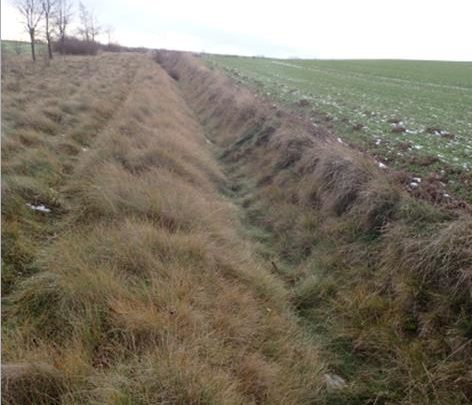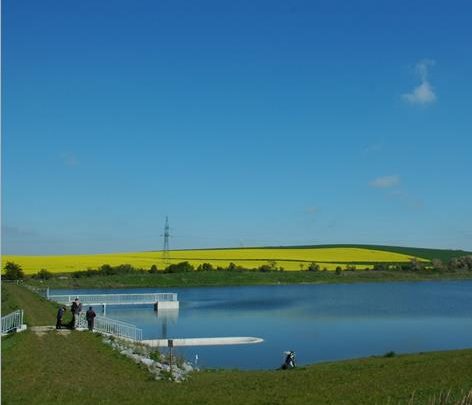Culverts – suitable hydraulic design
When flood occurs, safe drainage from the affected area is often dependent on the state of culverts and small bridges. These objects are often jammed by debris and thus cause local flooding. Often, the object itself is also damaged and as a result the traffic route is interrupted. Appropriate design in terms of capacity and…







